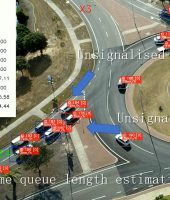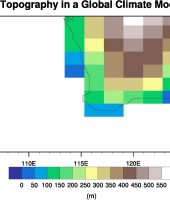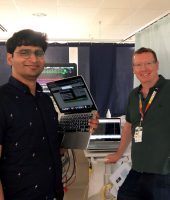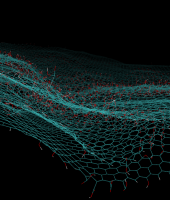A bright new beam in our galactic backyard
Around 95 per cent of the Universe remains undiscovered — and sometimes what we do discover defies immediate understanding.
That’s the case for a never-before-seen mysterious object detected by a team of astronomers at Curtin University’s International Centre for Radio Astronomy Research.
The challenge
Using the Murchison Widefield Array (MWA) telescope to map radio waves throughout the universe, the team at Curtin University have detected emissions from the beaming object, which is close in astronomical terms — just 4000 lightyears away from Earth.
The object releases a giant burst of energy three times an hour and appears to release an ultra-powerful magnetic field, briefly becoming one of the brightest radio sources in the sky.
The challenge for the team is now to understand exactly what the object is, whether the phenomena is likely to recur, and what its existence means for our understanding of the universe.
The Solution
Radio Astronomers specifically map the universe to pick up radio waves millions of light years from Earth, playing a significant role in exploring the darkest and coldest parts of the universe.
By collecting large masses of information from radio telescopes, the astronomers are capable of unravelling signals which help them study the birth and death of stars, identify new galaxies forming and discover unseen forms of matter.
In this case, PhD candidate Tyrone O’Doherty and Curtin University Astrophysicist Dr Natasha Hurley identified the object using the MWA, a low-frequency radio telescope in outback WA, which consists of 4,096 antennas arranged in 256 grids spread over several kilometres.
They then processed the masses of information collected by these telescopes, convert strings of numbers into pictures, using Pawsey’s Cray XC30 supercomputer system known as Galaxy.
Galaxy is unique in being the world’s only real-time supercomputing service for telescopes used in astronomy research.
Dr Hurley says a decade’s worth of data needed to be sifted to identify the object, believed to be the collapsing core of a supergiant star.
“It’s a type of slowly spinning neutron star that has been predicted to exist theoretically,” she said.
“But nobody expected to directly detect one like this because we didn’t expect them to be so bright. Somehow it’s converting magnetic energy to radio waves much more effectively than anything we’ve seen before.”
The Outcome
Dr Hurley Walker is continuing to monitor the object using the MWA telescope and Pawsey’s supercomputer to see if the transient object will turn back on, adding to the vital role the supercomputing centre is playing in better understanding space.
“If it does (turn on), there are telescopes across the Southern Hemisphere and even in orbit that can point straight to it,” she said.
“More detections will tell astronomers whether this was a rare one-off event or a vast new population we’d never noticed before.”
MWA Director Professor Steven Tingay said without the processing and storage power of Pawsey’s supercomputer, this discovery would have been impossible.
“The key to finding this object, and studying its detailed properties, is the fact that we have been able to collect and store all the data the MWA produces for almost the last decade at the Pawsey Research Supercomputing Centre,” he said.
“Being able to look back through such a massive dataset when you find an object is pretty unique in astronomy.
“There are, no doubt, many more gems to be discovered by the MWA and the SKA in coming years.”
Project Leader.
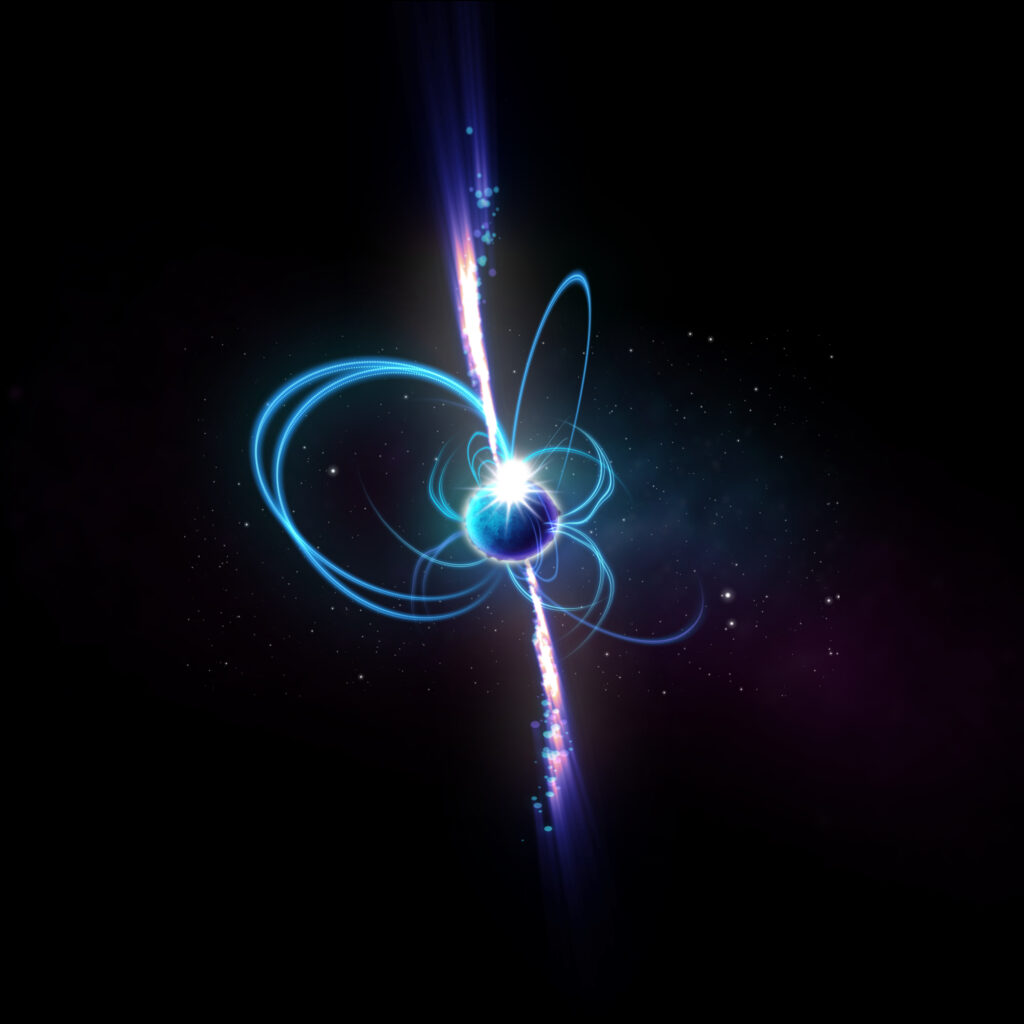
An artist’s impression of what the object might look like if it’s a magnetar. Magnetars are incredibly magnetic neutron stars, some of which sometimes produce radio emission. Known magnetars rotate every few seconds, but theoretically, “ultra-long period magnetars” could rotate much more slowly. Credit: ICRAR.

The new radio is transient in the sky, as it would have been seen at the MWA during the night in March 2018, when it was active. The source is shown with a large white star marker, but would be invisible to the naked eye. Image source: Stellarium
